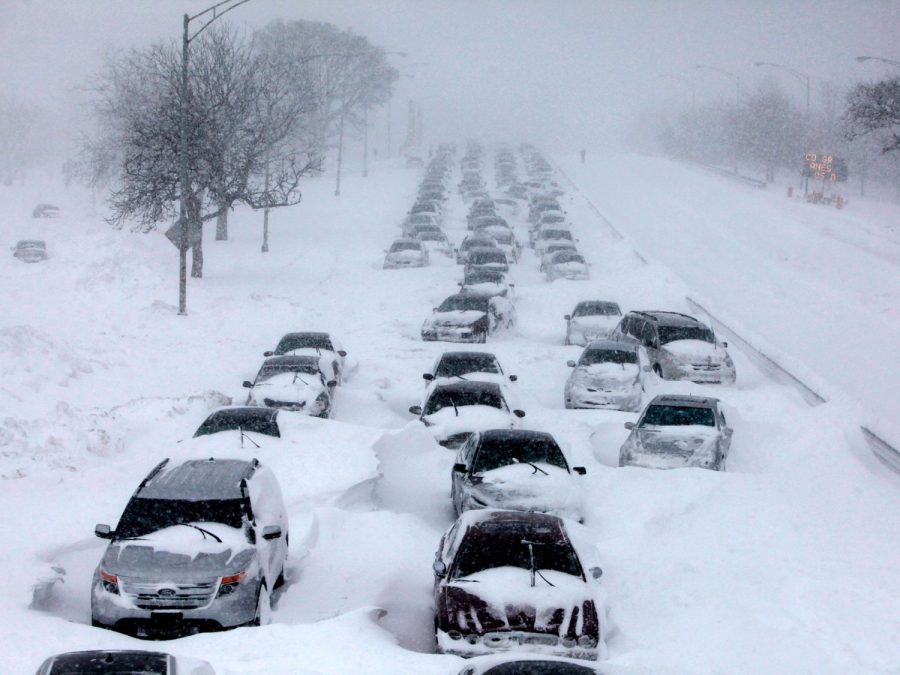Five Tips on How to Prepare for a Blizzard
It’s never wrong to be prepared for a blizzard. If you hear on the news that there is a blizzard coming, always make sure you have what you need just in case you get stuck at home. If that blizzard does not end up coming then it is still good that you are prepared for it. Here are some tips on how to prepare yourself if there is a blizzard coming:
1. Stock up on your essentials.
Make sure you have at least a three-day supply of non-perishable foods, water, first aid supplies, pet supplies, batteries, canned heat, flashlights, candles, heating fuel and any required medications in case you become isolated in your home by heavy snow, ice or fallen trees. You should also have rock salt to melt ice on walkways, lots of clothing and blankets to keep you warm, and a snow shovel to remove snow from around your vehicle if necessary. Getting a battery operated radio would be very useful.
2. Charge your cell phone and make lists of emergency contacts.
Be sure that you have the contact numbers for friends and family members, your power company and any other numbers that might be helpful.
3. Prepare your vehicle for hazardous winter weather.
Get a winter tune-up, pack an emergency kit for your car and learn how to respond if your vehicle begins to skid, or if you become snowbound on the road. Keep your gas tank full at all times in case a snowstorm makes traffic slower than usual, and drive cautiously.
4. Storm-proof your home.
Apply weatherstripping to doors and windows, caulk any air gaps, insulate your pipes, clear your rain gutters, have your heating equipment or chimney inspected and trim any tree branches that could fall onto your home in heavy snow or strong winds. If the power goes out, cover windows with plastic sheeting to keep cold air out and close off all unnecessary rooms to concentrate heat. If the pipes freeze, remove the insulation, open all faucets and pour hot water over the pipes starting where they are most exposed to the cold.
5. Stay indoors and restrict travel to emergencies only.
If you must go outdoors, wear warm, loose-fitting layers including waterproof boots, mittens and hats. Avoid over-exerting yourself if you must shovel snow, and be sure to watch for signs of frostbite and hypothermia including loss of feeling in the extremities, shivering, slurred speech and disorientation.
Always make sure that you know when to go to a shelter. If you run out of power or your food supply is running low, then know that you will soon need to go to a shelter. There might not have been a blizzard yet this year, but be prepared. Afterall, it is only mid December.











